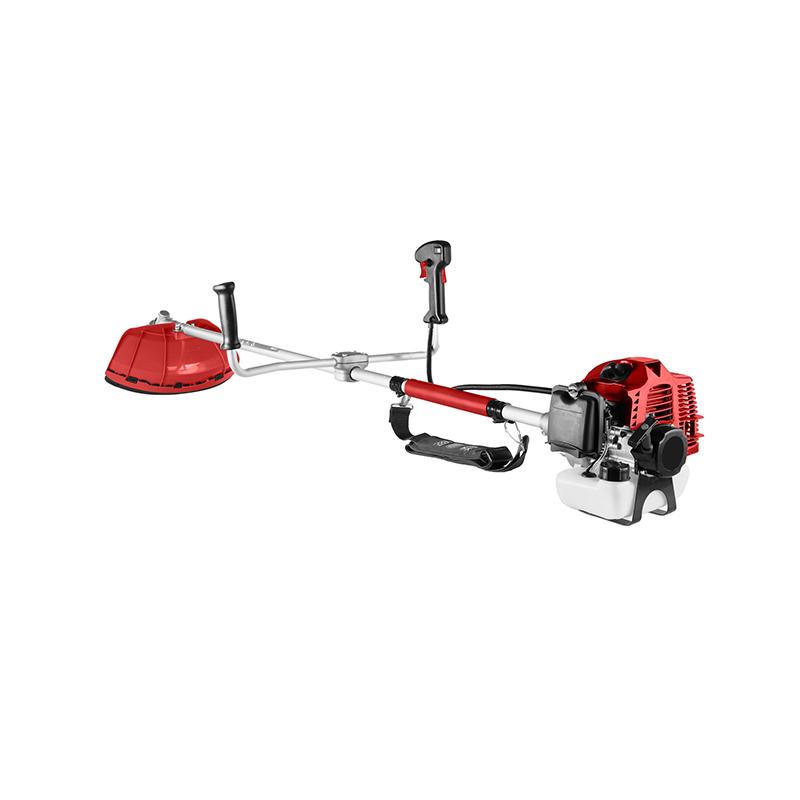NT CAT PC-5 CAS No.: 3030-47-5 Product Application
Brief introduction.
Chemical name: N,N,N′,N′,N″-Pentamethyldiethylenetriamine
Alias: Pentamethyldiethylenetriamine
Abbreviation: PMDETA
English name: N,N,N′,N′,N″-pentamethyldiethylenetriamine
Molecular formula: C9H23N3
Relative molecular mass 173.3
CAS No. 3030-47-5
Applications.
Pentamethyldiethylenetriamine (PMDETA) is a highly active tertiary amine foaming catalyst, PMDETA has a strong foaming effect, which can improve the flow of foam and enhance the quality of products.PMDETA can also be used as a ligand for polyurethane foam catalysts and a ligand for functional polymerization materials. In addition, other applications are exemplified as follows.
1. Preparation of a two-phase amine absorber for capturing CO2.
The two-phase amine absorber is a three-component system consisting of diethylenetriamine, pentamethylenetriamine, and water, and the total concentration of diethylenetriamine and pentamethylenetriamine in water is 4~5 mol/L, and the molar ratio of diethylenetriamine to pentamethylenetriamine is 1:4~4:1; these two organic amines alone do not have the ability to split the phase after absorbing CO2 in aqueous solution, but the two-phase amine absorber composed of the three-phase system But the two-phase amine absorber composed of this ternary system has the performance of phase separation, which is a homogeneous solution before absorbing CO2, and is divided into two phases after absorbing CO2 saturation. After saturated absorption, CO2 is enriched in the aqueous phase, and after phase separation, only the solution enriched in the CO2 phase needs to be regenerated thermally, thus greatly reducing the amount of enriched liquid required for regeneration, effectively reducing regeneration energy consumption, and also maintaining efficient CO2 absorption performance, which has a wide range of application prospects.
2. A methanol gasoline power accelerator.
The accelerator consists of: isooctanol, aminoacetaldehyde diethyl acetal, 1,5-cyclooctadiene, 2-acetylbenzofuran, propargyl alcohol, n-propanol, zinc naphthenate, dinonyl naphthalene sulfonic acid, dipolyoxyvinyl aliphatic amine, and pentamethyldiethylenetriamine. The preparation method includes: a. Add isooctanol, aminoacetaldehyde diethyl acetal, 1,5-cyclooctadiene, 2-acetylbenzofuran to the reaction kettle and stir the reaction for 40-50 minutes at 60-62°C with closed ultrasonic stirring, b. Mix n-propanol, zinc naphthenate, dinonyl naphthalenesulfonic acid and stir for 15-25 minutes; c. Add propargyl alcohol, the mixture in step b, dipolyoxyvinyl fatty amine, pentamethyl diethylenetriamine, add them to the mixture in step a in turn, stir for 20~25 minutes at 33~35℃, and then cool down to obtain.
Quality index.
Content: ≥98%
Specific gravity: 0.8330-0.8410
Refractive index: 1.4430-1.4450
Storage and transportation.
Should be sealed and stored in a dry, cool and ventilated warehouse
Packing.
200KG/drum Storage: It is recommended to be stored in dry and cool area with proper ventilation. Please fasten the lid as soon as possible after the original packaging to prevent the mixing of other substances such as water and other substances from affecting the product performance. Do not inhale dust and avoid skin and mucous membrane contact. Smoking, eating and drinking are prohibited in the workplace. After work, shower and change clothes. Store contaminated clothes separately and wash them before use. Maintain good hygiene habits.
https://www.newtopchem.com/archives/668NT CAT PC-5 CAS No.: 3030-47-5 Product Application
Brief introduction.
Chemical name: N,N,N′,N′,N″-Pentamethyldiethylenetriamine
Alias: Pentamethyldiethylenetriamine
Abbreviation: PMDETA
English name: N,N,N′,N′,N″-pentamethyldiethylenetriamine
Molecular formula: C9H23N3
Relative molecular mass 173.3
CAS No. 3030-47-5
Applications.
Pentamethyldiethylenetriamine (PMDETA) is a highly active tertiary amine foaming catalyst, PMDETA has a strong foaming effect, which can improve the flow of foam and enhance the quality of products.PMDETA can also be used as a ligand for polyurethane foam catalysts and a ligand for functional polymerization materials. In addition, other applications are exemplified as follows.
1. Preparation of a two-phase amine absorber for capturing CO2.
The two-phase amine absorber is a three-component system consisting of diethylenetriamine, pentamethylenetriamine, and water, and the total concentration of diethylenetriamine and pentamethylenetriamine in water is 4~5 mol/L, and the molar ratio of diethylenetriamine to pentamethylenetriamine is 1:4~4:1; these two organic amines alone do not have the ability to split the phase after absorbing CO2 in aqueous solution, but the two-phase amine absorber composed of the three-phase system But the two-phase amine absorber composed of this ternary system has the performance of phase separation, which is a homogeneous solution before absorbing CO2, and is divided into two phases after absorbing CO2 saturation. After saturated absorption, CO2 is enriched in the aqueous phase, and after phase separation, only the solution enriched in the CO2 phase needs to be regenerated thermally, thus greatly reducing the amount of enriched liquid required for regeneration, effectively reducing regeneration energy consumption, and also maintaining efficient CO2 absorption performance, which has a wide range of application prospects.
2. A methanol gasoline power accelerator.
The accelerator consists of: isooctanol, aminoacetaldehyde diethyl acetal, 1,5-cyclooctadiene, 2-acetylbenzofuran, propargyl alcohol, n-propanol, zinc naphthenate, dinonyl naphthalene sulfonic acid, dipolyoxyvinyl aliphatic amine, and pentamethyldiethylenetriamine. The preparation method includes: a. Add isooctanol, aminoacetaldehyde diethyl acetal, 1,5-cyclooctadiene, 2-acetylbenzofuran to the reaction kettle and stir the reaction for 40-50 minutes at 60-62°C with closed ultrasonic stirring, b. Mix n-propanol, zinc naphthenate, dinonyl naphthalenesulfonic acid and stir for 15-25 minutes; c. Add propargyl alcohol, the mixture in step b, dipolyoxyvinyl fatty amine, pentamethyl diethylenetriamine, add them to the mixture in step a in turn, stir for 20~25 minutes at 33~35℃, and then cool down to obtain.
Quality index.
Content: ≥98%
Specific gravity: 0.8330-0.8410
Refractive index: 1.4430-1.4450
Storage and transportation.
Should be sealed and stored in a dry, cool and ventilated warehouse
Packing.
200KG/drum Storage: It is recommended to be stored in dry and cool area with proper ventilation. Please fasten the lid as soon as possible after the original packaging to prevent the mixing of other substances such as water and other substances from affecting the product performance. Do not inhale dust and avoid skin and mucous membrane contact. Smoking, eating and drinking are prohibited in the workplace. After work, shower and change clothes. Store contaminated clothes separately and wash them before use. Maintain good hygiene habits.
https://www.newtopchem.com/archives/668



